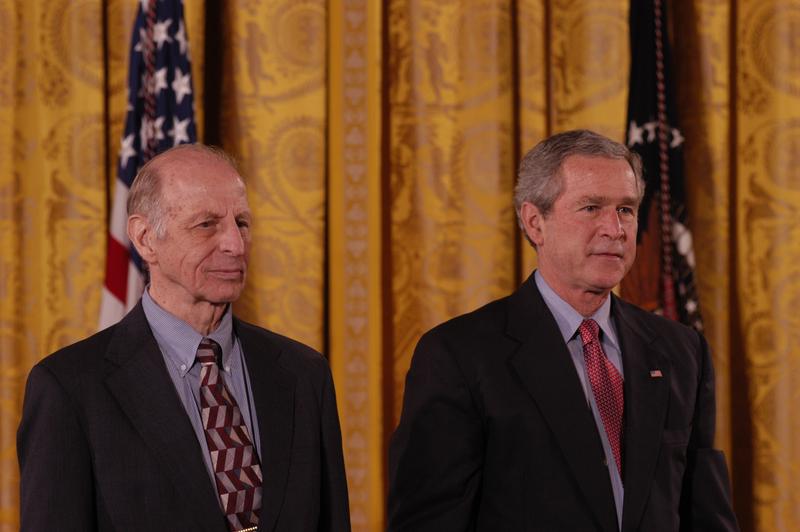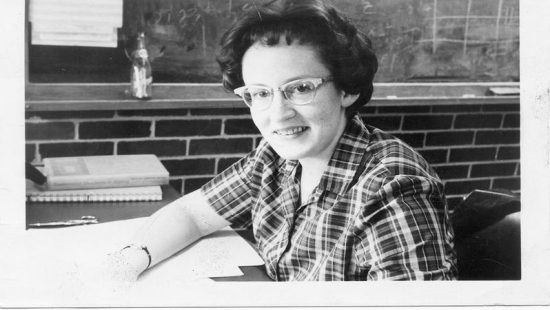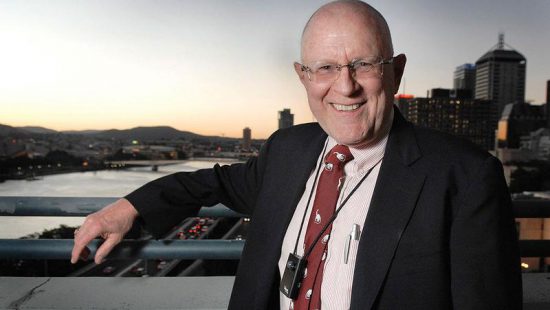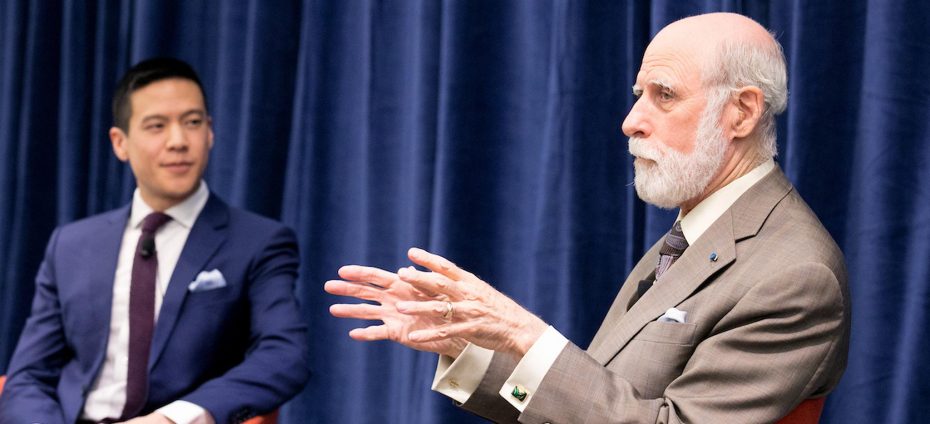Watts S. Humphrey was often called the “Father of Software Quality.”
Humphrey, a native of Michigan who received his degrees in physics from the University of Chicago and the Illinois Institute of Technology after serving in the United States Navy during World War II, dedicated his career to improving software development and solving issues from schedule delays to cost increases to defects.
Humphrey began his career at Sylvania in Boston, where he worked as a circuit designer and took computer courses at the Massachusetts Institute of Technology and Northeastern University.
His coursework led to his next gig as a computer designer and architect at IBM. At IBM, he also worked in software and became the director of programming and the vice president of technical development, eventually supervising 4,000 software professionals among 15 laboratories in seven countries.
In 1986, Humphrey began his work at Carnegie Mellon, where he was named the first-ever Software Engineering Institute (SEI) Fellow, a designation awarded to people who have made an outstanding commitment to the work of SEI and who advise the school’s leadership on key issues.
During his tenure at SEI, Humphrey established the Software Process Program, guided the development of the Software Compatibility Maturity Model and introduced the Software Process Assessment and Software Capability Evaluation methods, which later became the framework of software engineering best practices adopted worldwide, among other accomplishments.
Humphrey also earned many accolades; He was selected as an Association of Computer Machinery Fellow, and he received an honorary doctorate of software engineering from Embry Riddle Aeronautical University after serving on the university’s Industry Advisory Board. In addition to these awards, he authored 12 books, hundreds of technical reports, journals and columns, and was a member of several journal editorial boards.
By Sydni Dunn







